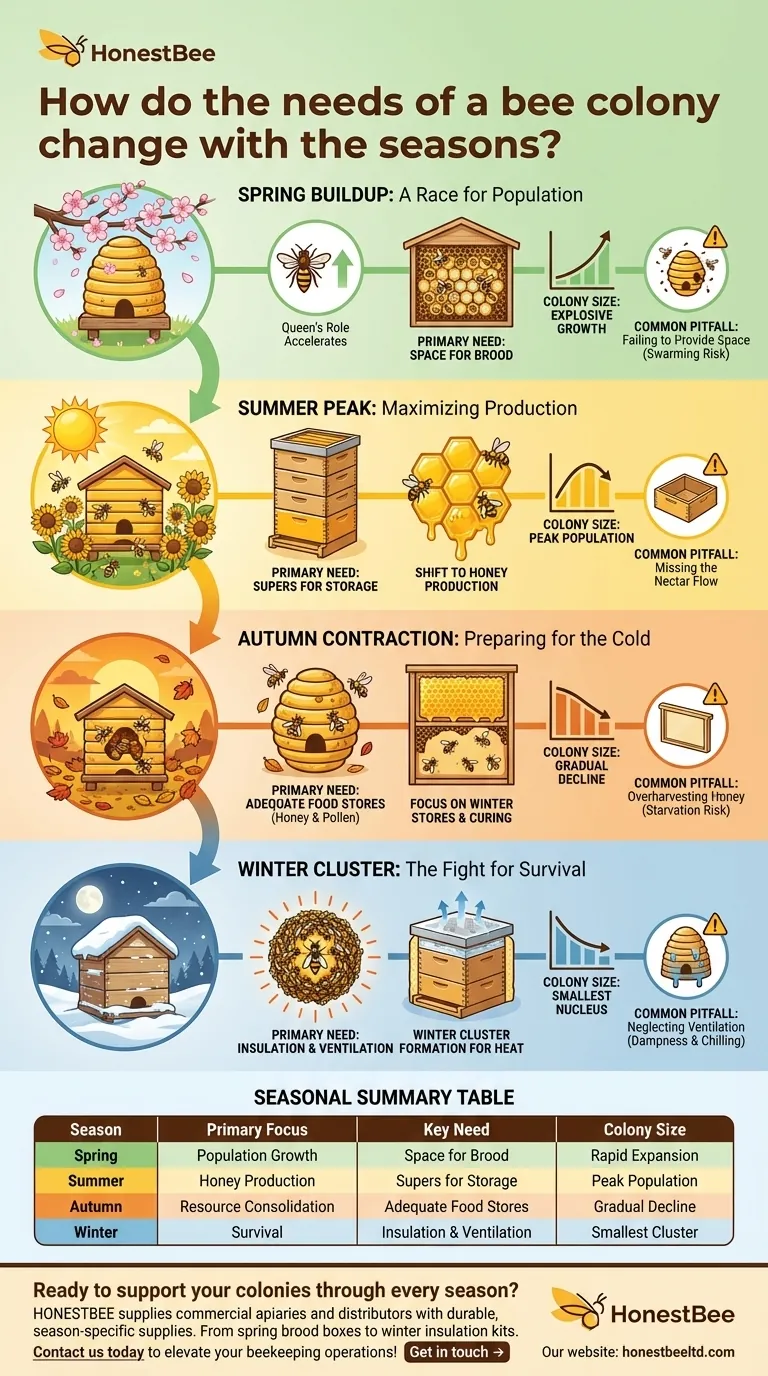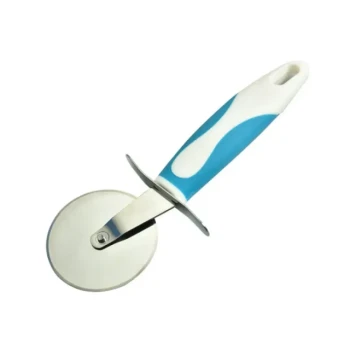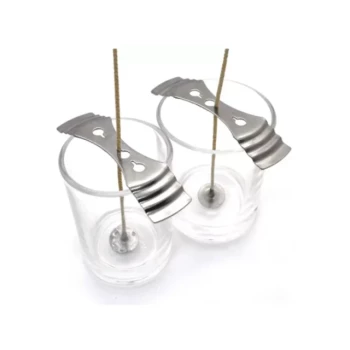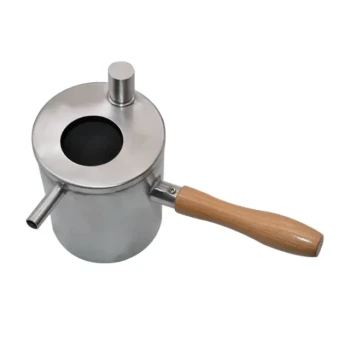A honeybee colony operates on a precise annual calendar, and its needs change dramatically with each season. In spring, the colony's primary need is space for rapid population growth. This shifts to a need for storage during the summer honey flow, followed by a critical need to consolidate resources in the fall, and finally, a focus on thermal regulation and survival through the winter.
The core principle of successful beekeeping is anticipating the colony's seasonal needs. Your role is not to force the bees' behavior, but to provide the right resources at the right time to support their natural lifecycle of growth, production, preparation, and survival.

The Spring Buildup: A Race for Population
In spring, a bee colony's single-minded goal is explosive growth. The entire hive becomes a nursery dedicated to raising the next generation of workers.
The Queen's Role Accelerates
As days lengthen and fresh pollen becomes available, the queen bee dramatically increases her rate of egg-laying. She is the engine of the colony's expansion.
The Primary Need: Space for Brood
This surge in egg-laying means the colony requires immediate and adequate space within the brood chamber. Every available cell is cleaned and prepared for new eggs and larvae.
Colony Size: Explosive Growth
Driven by the queen's output, the colony's population expands at a rapid pace. A small overwintered cluster can double in size multiple times throughout the spring months.
The Summer Peak: Maximizing Production
Summer is the season of work. The colony's focus pivots from internal expansion to external foraging, capitalizing on the peak nectar flow.
The Shift to Honey
With a massive workforce of forager bees now raised, the colony's priority becomes collecting nectar and converting it into honey. This is the peak period of productivity.
The Primary Need: Supers for Storage
To accommodate the incoming nectar, the colony needs additional space specifically for honey storage. These boxes, known as "honey supers," are placed above the main brood chamber.
Colony Size: Maximum Strength
During the summer, the honeybee colony reaches its peak population for the year. The hive is bustling with tens of thousands of bees, with many frames completely covered.
The Autumn Contraction: Preparing for the Cold
As the nectar flow wanes and temperatures cool, the colony's behavior shifts toward preparing for the long, dormant period ahead.
The Focus on Winter Stores
The bees work to store and cure the final batches of honey and pollen. This is their essential food supply that will sustain them through the winter months when foraging is impossible.
The Primary Need: Ensuring Adequate Resources
The colony's survival depends entirely on having sufficient food reserves. A beekeeper's crucial task is to ensure the hive is heavy with honey before winter sets in.
Colony Size: A Gradual Decline
The queen naturally reduces her egg-laying, and the overall population of the hive begins to decrease. The colony conserves energy by raising fewer young and reducing its size to a more sustainable winter population.
The Winter Cluster: The Fight for Survival
Winter is a test of endurance. The colony's sole objective is to survive the cold with the resources it gathered during the productive seasons.
The Formation of the Winter Cluster
Bees form a tightly packed cluster around the queen to generate heat. By vibrating their flight muscles, they can maintain the core temperature of the cluster, protecting the queen from the cold.
The Primary Need: Insulation and Ventilation
A successful winter hive must be warm and dry. It requires good insulation to retain the heat generated by the cluster and proper ventilation to allow excess moisture to escape.
Colony Size: The Smallest Nucleus
By the middle of winter, the colony is at its smallest size of the year. This compact population minimizes food consumption while maximizing the efficiency of the winter cluster.
Common Management Pitfalls by Season
Understanding the seasonal cycle allows you to avoid critical mistakes that can compromise the health and productivity of your hive.
Spring: Failing to Provide Space
Not adding brood boxes or supers in time can lead to overcrowding. This is the primary trigger for swarming, where the old queen leaves with half the colony's population.
Summer: Missing the Nectar Flow
If you don't add honey supers before the main nectar flow begins, the bees will run out of storage space. They will store nectar in the brood chamber, restricting the queen's laying space and costing you a honey harvest.
Fall: Overharvesting Honey
The most critical fall mistake is taking too much honey. Leaving the colony with insufficient food stores is a common cause of winter starvation and death.
Winter: Neglecting Ventilation
A poorly ventilated hive traps moisture from the bees' respiration. This condensation can drip down on the cluster, chilling the bees and leading to colony loss. A damp hive is a cold hive.
Matching Your Actions to the Season
Your management strategy should directly support the colony's current objective.
- If it's early Spring: Your goal is to prevent swarming by providing ample space for the expanding brood nest.
- If it's peak Summer: Your goal is to maximize the honey harvest by adding supers ahead of the nectar flow.
- If it's late Fall: Your goal is to ensure survival by verifying the colony has sufficient honey stores for winter.
- If it's deep Winter: Your goal is to protect the cluster by ensuring the hive is insulated, well-ventilated, and left undisturbed.
By aligning your beekeeping practices with the colony's seasonal rhythm, you transition from simply keeping bees to becoming a true partner in their success.
Summary Table:
| Season | Primary Focus | Key Need | Colony Size |
|---|---|---|---|
| Spring | Population Growth | Space for Brood | Rapid Expansion |
| Summer | Honey Production | Supers for Storage | Peak Population |
| Autumn | Resource Consolidation | Adequate Food Stores | Gradual Decline |
| Winter | Survival | Insulation & Ventilation | Smallest Cluster |
Ready to support your colonies through every season? HONESTBEE supplies commercial apiaries and beekeeping equipment distributors with the durable, season-specific supplies needed for successful hive management. From spring brood boxes to winter insulation kits, our wholesale-focused operations ensure you have the right equipment at the right time. Contact us today to discuss your seasonal needs and elevate your beekeeping operations! Get in touch →
Visual Guide

Related Products
- HONESTBEE Advanced Ergonomic Stainless Steel Hive Tool for Beekeeping
- Wooden Bee Brush with Triple Row Artificial Fiber for Beekeeping
- Plastic Chinese Queen Grafting Tool for Bee Queen Rearing
- Professional Rolling Wax Cutter with Ergonomic Handle
- Electric Flatting and Embossing Machine with Tray for Beekeeping
People Also Ask
- Why do hive tools have a hole? Unlock the Secret to Efficient Beekeeping
- What are the basic tools for beekeeping? Essential Starter Kit for Safe & Successful Hive Management
- What is the hole in a hive tool for? A Multi-Tool for Apiary Repairs and Maintenance
- What are the features of a regular hive tool? The Essential Multi-Tool for Every Beekeeper
- What tools are used for cleaning frames? A Beekeeper's Simple 4-Tool Guide



















